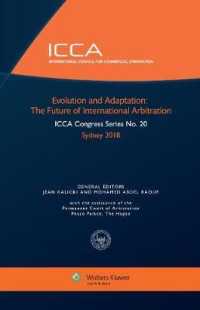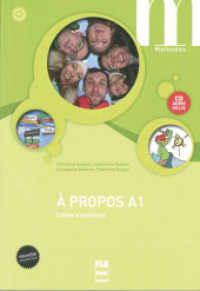基本説明
The Iast great master of the Renaissance and the first major painter of the Spanish Golden Age, Doménikos TheotokópouIos (1541-1614),known as El Greco, hoIds a unique place in the history of art. Rediscovered by the avant-garde artists of the early twentieth century, his work is still interpreted through the lens of modemity. Born in Crete and trained in the Byzantine tradition of icon painting, El Greco continued his apprenticeship in ltaly, studying Venetian aesthetics and Roman Mannerism. He moved to Spain in the 1570s, bringing with him Titian's color, Tintoretto's daring and Michelangelo's sculptural power. He deployed his impressive range of talents in Toledo, where he created altarpieces and secular paintings, imposing an innovative artistic approach while constantly exploring new ground, in the process developing a profoundly personal visual language.
Full Description
The last great master of the Renaissance, Domenikos Theotokopoulos (1541-1614), known as El Greco, 'The Greek', holds a singular place in the history of art. Born in Crete, trained in the Byzantine tradition, El Greco continued his apprenticeship in Italy, in contact with Venetian aesthetics and Roman mannerism. It was in Spain, where he settled in the 1570s and where he imported his Italian influences (Titian, Tintoretto, Michelangelo) that he revealed the extent of his talents. In Toledo, he painted both secular and altar paintings, such as his masterpiece, The Burial of the Count of Orgaz.







